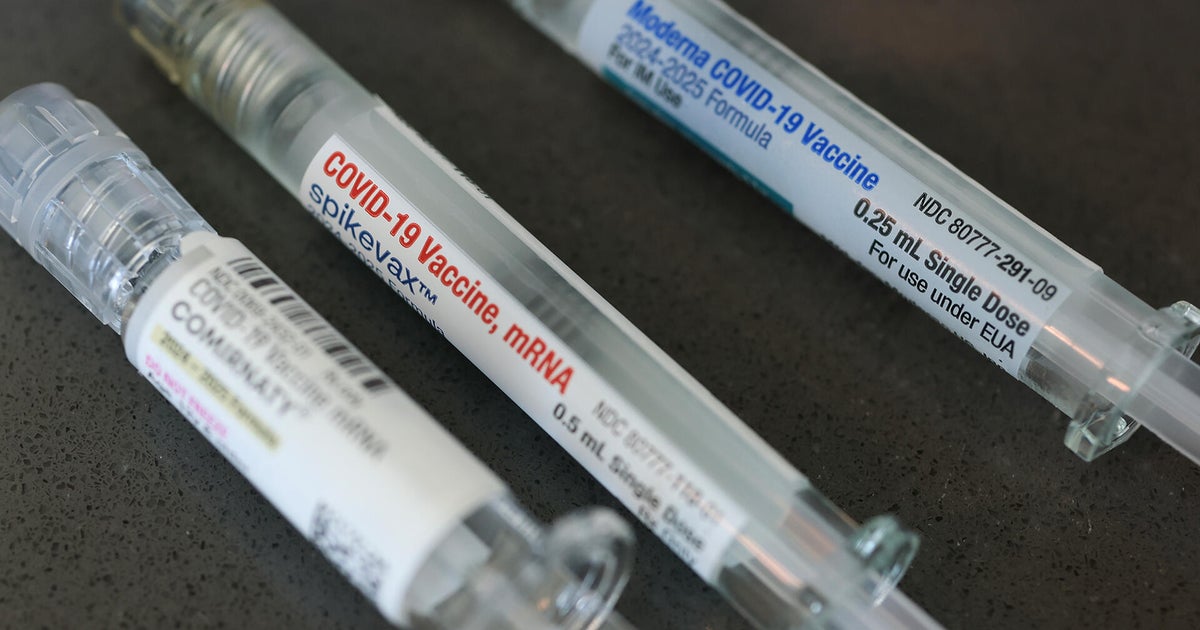Stolen steaks are being sold out of car boots to struggling restaurants before being plated up for diners, while makeshift clothes shops are popping up in private homes with a range of in-vogue styles in every size for customers to try on.
These are bizarre points of sale appearing on suburban streets across Australia – a new black market that has exploded over the past 18 months, part of an intensifying retail theft crisis costing retailers more than $9 billion a year.
The chief executives of Coles, Woolworths, Dan Murphy’s operator Endeavour, and retail giant Wesfarmers are among the latest to expressed their growing alarm at the deepening losses and harm caused by shoplifters.

Retail crime syndicates are targeting expensive cuts of meat.Credit: Stephen Kiprillis
Though the problem is national, Victoria has emerged as Australia’s capital of retail theft, with offending reaching its highest level on record this year.
Behind the alarming figures is an intricate network of criminal groups. Not only are their ruthless operation making retail jobs increasingly dangerous, the stolen goods are feeding a well-oiled black market that authorities are struggling to intercept.
The business model of retail crime
The unfolding problem isn’t petty shoplifting, though that’s certainly happening too. “You have in your mind a teenager stealing a pair of socks. That’s not this. This is professional,” Anthony Heraghty, chief executive of Super Retail Group, whose brands include Rebel Sport, said earlier this month.
Professional thieves are often weapon-wielding repeat offenders, walking out with trolleys of groceries, armfuls of merchandise and cash – often without any resistance from staff who are instructed to keep out of harm’s way.
It’s a response that the criminals have learnt to use to their advantage. Two thirds of the 800,000 incidents lodged last year through retail theft reporting platform Auror involved a weapon, typically knives, hammers, and box cutters.
Loading
Grocery giants Coles and Woolworths have been rapidly rolling out anti-theft measures as supermarkets fend off ongoing attacks. The number of threatening situations happening at Coles has risen 28 per cent nationally. Woolworths dealt with more than 6000 violent incidences last year, with Victoria accounting for more than half of those.
“It’s an everyday occurrence,” said Mike Schneider, the chief executive of hardware giant Bunnings.
Michael Townsley, a professor at Griffith University’s school of criminology and criminal justice who researches retail theft, said statistics back up the view that organised crime groups are the main driver of the recent uptick in retail crime. About 10 per cent of offenders are responsible for 60 per cent of all harm and loss, according to Auror.
While organised crime syndicates exist in both New South Wales and Victoria and are players in illicit tobacco, drugs and prostitution, Townsley, who is a consultant to the National Retail Association, said retail theft – especially in Victoria – had emerged as a gainful area for criminals.
While Victoria Police staunchly deny the broader industry’s view that organised crime activity, and not individuals struggling with the cost of living, is driving the increase in retail theft in the state – in fact, the force believes the soaring figures largely reflect a growth in businesses reporting incidents to them – Townsley points to a key reason why stores in the state are being targeted.
A “standing frustration” from national retailers that Victoria police “are a difficult service to engage with”, he said, in stark contrast to in NSW, where “police seem to be much more proactive on retail crime”.
“They [NSW] have an intelligence team, whereas in Victoria it’s not clear that there’s been much ownership of organised retail crime as a problem.”
The figures are a sign that syndicates don’t feel deterred in Victoria, Townsley said, which leads to stores in the state being seen as an easier target. His research has indicated that even crime groups from NSW now travel temporarily into Victoria to steal from businesses.
Baby formula had historically been among the most stolen goods by organised criminals, in part due to its scarcity overseas, while batteries and razor blades were also popular due to their size and weight making them easy to obscure, Townsley said.
However, criminals have become so brazen and undeterred – in part because they know that supermarkets and retail chains tell their employees not to engage with thieves out of safety fears and future workers’ compensation costs – they now largely work by “swarming” stores, Townsley said.
A dozen people might come in and overwhelm the staff in the store, knowing that by shouting, gesturing and outnumbering they are intimidating the staff, while members of the group take goods and leave the store within minutes. “When they’re asked to show a receipt, they’re showing a weapon,” said Bunnings’ Schneider.

A2 Milk has gained approval from Chinese authorities to sell its China-label baby formula in China.
Nathan Halliday, chief of member operations at Sonder, an employee wellbeing platform used by Woolworths, McDonald’s, Guzman y Gomez, this masthead and other hospitality and corporate groups, receives many reports of robberies involving groups of two or three that walk straight up to the till.
“They’ve got a balaclava on, they pull out the blade straight away … saying, ‘I want this, give it to me,’” he said. The criminals demand whatever cash is in the till, usually a few hundred dollars, and the entire encounter might be over in under a minute.
As criminals get used to walking out of stores without impediment, they have become more prolific.

Billions worth of goods are being stolen from shops and supermarkets Australia-wide.Credit: Getty Images
Where do stolen groceries end up?
The pool of foot soldiers recruited by fully fledged syndicates to coordinate various parts of the black market ecosystem is expanding, with some demographics reportedly looking to make extra cash.
A recent bust of a Victorian syndicate accused of stealing more than $10 million in baby formula, electric toothbrushes, skincare and vitamins led to the arrest of 19 people police identified as “predominantly Indian nationals on temporary, student or bridging visas”, often on visas limiting how many hours per week they can legally work. Several of those charged had no fixed address, police said.
Stolen items are then passed on to receivers who will sell and distribute them. As the demand for cheaper black market goods has expanded, the types of those involved have expanded beyond stereotypical seasoned criminals.
As part of Operation Supernova, police arrested a 54-year-old woman at her Springvale home, in Melbourne’s south-east, where officers allegedly found more than $25,000 of stolen goods.
Clothing has emerged as a lucrative category. Illegal “showrooms” of stolen clothes are popping up in private homes, with the locations released to approved shoppers. Electronics, health and beauty products, too, are also turning up this way.
“If you know where they are, you can go in and try on different sizes,” said Townsley.
Facebook Marketplace has also become a favoured destination for criminals to on-sell stolen clothing, in large part because eBay had been collaborating with retailers to address theft.
“It makes you wonder how some sellers online can get an entire store’s worth of clothing new with their tags still on. It’s quite impressive,” said Townsley.“[Facebook] Marketplace has been a massive boon to organised criminals, as it’s not very accessible to surveillance.”
Car boot butchers
The distribution methods for other goods are perhaps more troubling: syndicates have been able to sell higher-value items like meat and alcohol to willing buyers with ease.
Eye fillet beef or lamb backstraps, cuts that command a premium for their tenderness, are the most-targeted goods by organised thieves, Coles boss Leah Weckert told this masthead.
Small businesses, especially small suburban cafes, restaurants and bars struggling with rising operating expenses including the price of ingredients, are the majority of customers of stolen meat and liquor, according to Townsley.
“I’ve heard anecdotes of people selling meat out of their boots, lined with foil and coolers, and it’s local cafes buying the stolen meat. If it’s $50 of meat and you can get it for $20, that makes a massive difference to those struggling businesses.”
“Similarly with alcohol, it’s so desirable with such a high margin when you serve it, it’s a way to create a little extra profit,” Townsley said.
Everyone pays the price
The true cost of the theft crisis is far more than just financial. Store staff who face dangerous situations or have a knife pointed at them might seem fine immediately, but can later develop anxiety about returning to the workplace.
“There’s this huge amount of rumination that happens,” said Sonder’s Halliday. “They keep thinking of the situation – ‘what could I have done differently?’ Or, ‘why did this happen to me?’ They literally just struggle to actually get to sleep in those moments.”
On top of millions of dollars invested into anti-theft technology, retail staff around the country are receiving de-escalation training, which instructs staff to soften their tone and not intervene. Woolworths, for instance, is employing virtual reality technology to simulate real scenarios.
‘This has gone beyond being a retail crime crisis and actually becoming a safety crisis.’
Mike Schneider, CEO, BunningsEmployers investing in preventative measures – smart gates, trolley locks, camera scanning technology, lockout buttons – and employee support programs are starting to see some positive results. Gen Z workers appear disproportionately affected by the violent or threatening incidents, which appear to spike around 9pm, Sonder data shows.
Loading
“It’s not just the theft, it’s actually the absenteeism, the time off work, the rise in mental health workers’ compensation claims that are coming through pretty rapidly,” said Halliday.
All of these costs add up and have to be factored in by the employer.
“You’ve got the cost of stock loss. You’ve got the cost of paying for heightened security. Ultimately, that’s going to be the customer that pays, right? That’s just the reality,” said Schneider.
Bunnings’ senior management receive notifications of aggressive and violent behaviour at stores “every single day”, Schneider said.
“[It’s] just heartbreaking when you’re trying to create a safe and welcoming store environment for your team to work in, and your customers to shop in,” he said.
“This has gone beyond being a retail crime crisis and actually becoming a safety crisis.”
Most Viewed in Business
Loading


















































